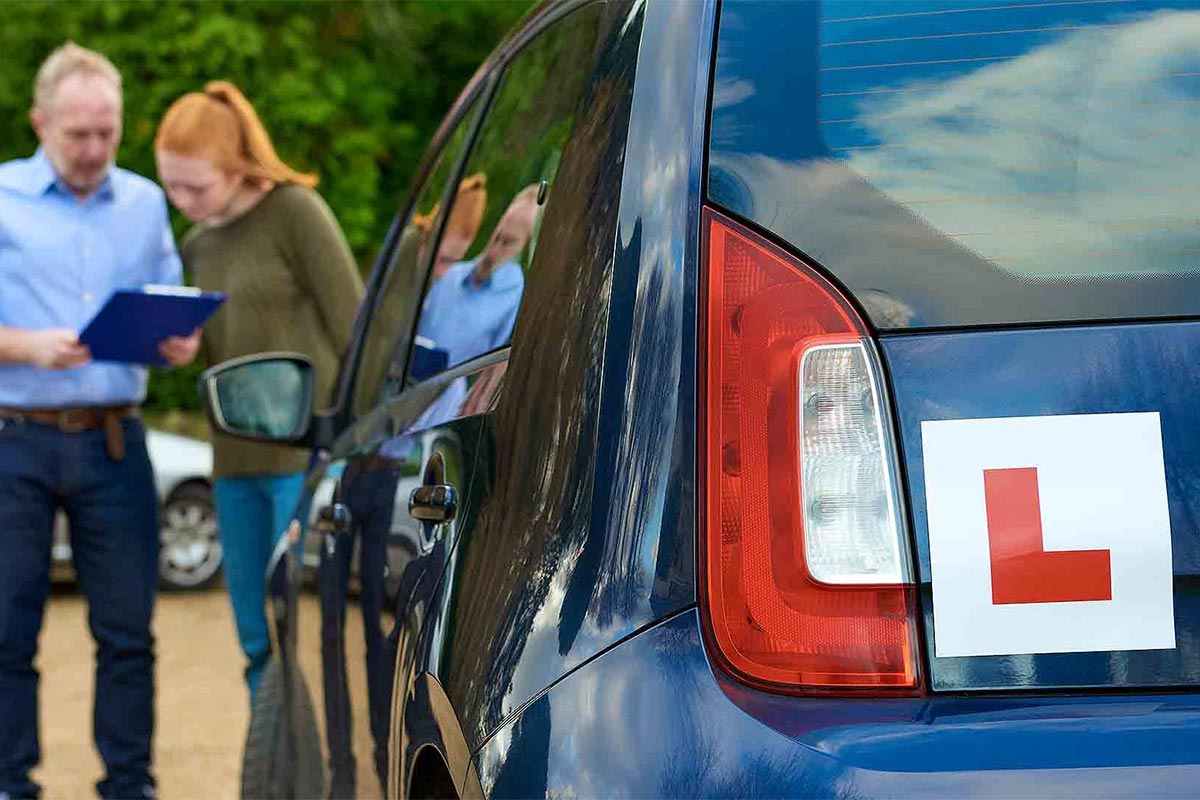With new research estimating the driving test backlog lasting until 2024, thousands or learners are expected to battle for test slots throughout 2022 as the backlog compounds month on month.
In order to ensure learner drivers remain on track to pass, car insurance provider, Marmalade, has teamed up with award-winning driving instructor Jeff Tuck.
Together they’ve come up with six ways drivers can ensure they stay ‘driving test ready’ over the next month as well as discussing how they can avoid failing with the most common mistakes once tests resume.
1. Practise on the roads closest to your test centre
Driving on roads you’re unfamiliar with is a skill even the most experienced of drivers struggle with. While it’s impossible to predict the exact route your examiner is going to ask you to take, your driving instructor should have a good idea based on their previous students. Have a discussion with them on the most common routes around the centre and become comfortable driving on them. While you’re bound to have nerves while taking your driving test, practicing similar routes to the one you’ll take on the day will only help settle butterflies.
2. Become comfortable driving with a sat nav directing you
While sat navs are a great help, it takes time to become accustomed to being guided by one. A great way to get used to them is to choose a different destination to drive to each week. The key to using a sat nav is making sure you’re always thinking one step ahead. This gives you time to get into the correct lane and focus on your observations – a critical skill which often is the difference between many people passing or failing their test.
3. Take a break from driving all together
It might sound counterintuitive but taking a week off from driving could do you the world of good. It’s easy to overthink the process of learning how to drive which can result in burnout. Taking a break from it all together will help to refresh your mind and ensure you come back focused and even more determined than ever to pass your test.
4. Nail your manoeuvres
Like many skills, the key to conquering manoeuvres is practice, practice, practice. While practicing in the car you’ll be taking the test in is preferable, simply becoming confident with the different stages involved in each manoeuvre is crucial. Once you’re confident you have a good feel for a car and its dimensions, you’re well on your way to having a potentially tricky aspect of the driving test nailed down.
5. Familiarise yourself with the ‘show me, tell me questions’
It can be easy to neglect one of the most straightforward aspects of the driving test especially if you’ve been learning for quite a while. But, brushing up on the ‘show me, tell me questions’ is a must. All of the questions that could be asked can be found in the DVSA guide here so be sure to take a look and make sure you’ve got your answers prepared and fresh in your mind. If you want to practice in a more practical sense, write all of the potential questions down on a piece of paper and ask your friend or parent to choose a couple to ask you.
6. Ask your instructor for a mock test
Although it’s difficult to simulate the emotions you’ll have on the driving test itself, familiarising yourself with the process is a must. While you might have been through a mock test with your instructor before, asking for another one once lessons resume will only help. Your driving habits can easily change over a couple of weeks and certainly over the course of a month so you might find the elements of the test you previously struggled with you’re now able to breeze through. Mock tests can be a great way to boost your confidence knowing you’re on track to pass.
Jeff Tuck, founder of the multi-award-winning driving school Drive Bug, ensures his students focus on these three key skills before taking their test:
Observations at junctions – “This is the most common reason for people failing their test and more often that not it’s because learner drivers are approaching the junction too fast. Gradually slowing down gives you an extra couple of seconds to assess the situation and make the right decision.”
Steering control – “Not being in full control of the steering wheel is also a common fault. The mistake I see learner drivers making all too often is understeering when entering a roundabout. This causes the car to swing wide into the other lane – known as straight-lining. This can also happen at a T-junction when turning left causing the car to swing wide and crossing the broken centre line. I encourage my students to visualise the broken white line as being a garden fence which encourages them to position their car in the correct position for the lane they’ll go on to enter.”
Checking mirrors – “It’s a really simple skill to get right but especially when drivers get more confident they become lazy checking their mirrors. The key is making sure you get into a good habit of doing this. If you begin a drive consciously thinking about checking your mirrors then this routine will often last for the remainder of your drive.”



